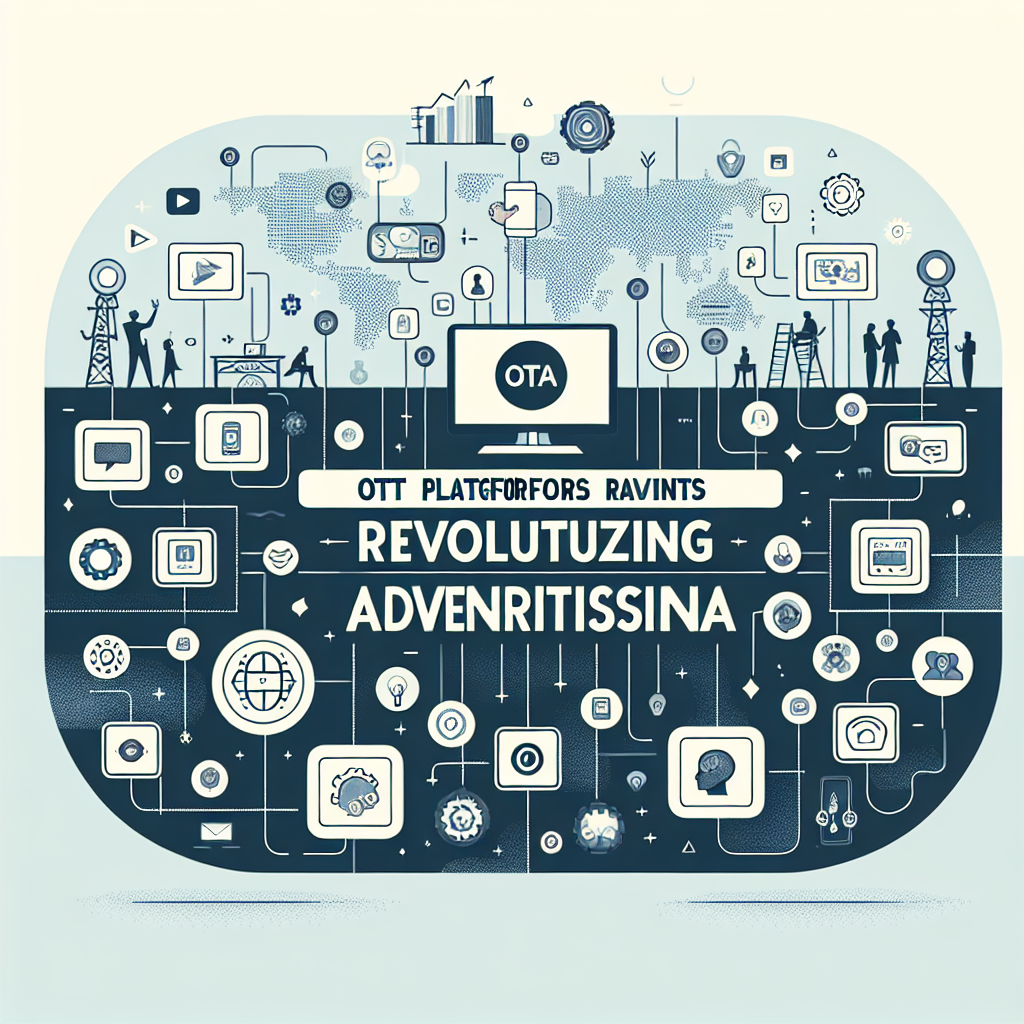The Evolution of YouTube Ads: From Bumper to Shorts Monetization
Introduction: YouTube's Advertising Transformation
YouTube's advertising ecosystem has undergone a profound transformation since its first in-video ads appeared in 2007—evolving from simple overlay banners to a sophisticated multi-format platform that reaches over 2.5 billion monthly active users. This evolution reflects what digital marketing strategist Scott Galloway describes as "the continuous compression of the attention-commerce loop," with formats progressively adapting to changing consumer behaviors and technological capabilities. As attention spans have shortened and consumption patterns have fragmented, YouTube has responded with increasingly diverse ad formats—from unskippable pre-rolls to the recent monetization of Shorts. According to eMarketer, YouTube ad revenue reached $31.8 billion in 2023, representing 25% annual growth despite intense competition from TikTok and Instagram. This article examines the strategic evolution of YouTube's advertising formats, analyzing how these changes reflect broader shifts in digital consumption patterns and what marketers must understand to leverage the platform's full potential in an increasingly complex video ecosystem.
1. The Format Evolution: From Interruption to Integration
YouTube's ad formats have evolved from disruptive interruptions to increasingly seamless integrations:
a) The Pre-Roll Era (2007-2015)
Traditional television-inspired formats dominated early YouTube advertising. Example: When Toyota launched their "Swagger Wagon" campaign, they relied primarily on standard pre-roll ads, achieving 10 million views but reporting a skip rate of approximately 65%—highlighting the limitations of interruption-based formats in digital environments.
b) The Micro-Format Revolution (2016-2020)
Recognition of changing attention patterns led to condensed, high-impact formats. Example: When Bumper ads launched in 2016, Samsung was among the first to adapt, creating six-second condensed stories for their Galaxy S7. This approach delivered a 9% higher ad recall than their 15-second versions, demonstrating the effectiveness of formats aligned with emerging consumption patterns.
c) The Short-Form Integration Era (2021-Present)
Native monetization of vertical, short-form content. Example: Cosmetics brand e.l.f. developed a specialized Shorts-first campaign that generated 35 million views and drove a 458% increase in channel subscribers—with engagement rates 2.3x higher than their standard YouTube content, according to internal case studies.
2. Attentional Economics: The Science Behind Format Evolution
Evolutionary psychology and cognitive science explain the effectiveness of YouTube's format progression:
a) Attention Threshold Adaptation
Research reveals declining tolerance for advertising interruptions. Example: Microsoft Advertising's attention research documented that users' willingness to watch ads before abandonment decreased from an average of 15 seconds in 2010 to just 1.7 seconds in 2023, driving YouTube's development of increasingly condensed formats.
b) Multi-Screen Cognitive Processing
Changing cognitive patterns influence format effectiveness. Example: Neuroscience research by Nielsen found that Gen Z viewers process information 33% faster than older demographics but retain 27% less—leading Spotify to implement YouTube's new non-linear formats, increasing message recall by 36% compared to traditional sequential storytelling.
c) Reward Anticipation Neural Mechanisms
Short-form content leverages dopaminergic response patterns. Example: A University of California study revealed that video content under 30 seconds generates 1.6x stronger dopamine responses than longer formats—knowledge that Red Bull applied to their Shorts strategy, achieving 42% higher completion rates than their standard YouTube content.
3. Strategic Implications for Marketers
YouTube's format evolution demands strategic recalibration:
a) Multi-Format Campaign Architectures
Sophisticated brands deploy complementary format strategies. Example: Luxury brand Louis Vuitton implemented a "format cascade" approach—using bumper ads for awareness, TrueView for deeper storytelling, and Shorts for authentic behind-the-scenes content—increasing overall campaign performance by 37% compared to single-format approaches.
b) Creative Modularization Frameworks
Developing adaptable creative systems for format flexibility. Example: Unilever's "Creative Futures" initiative employs a modular content approach that reformats single productions across YouTube's various specifications, reducing production costs by 32% while increasing overall campaign reach by 51%.
c) Cross-Format Attribution Models
Measuring impact across increasingly fragmented touchpoints. Example: Automotive manufacturer Audi developed a custom attribution model that tracked users across YouTube format exposures, revealing that viewers exposed to multiple ad formats converted at a 28% higher rate than those who encountered only a single format.
4. The AI-Driven Format Future
Artificial intelligence is reshaping YouTube's advertising capabilities:
a) Dynamic Creative Optimization
AI-driven customization across formats. Example: L'Oréal's implementation of YouTube's Video Reach campaigns with dynamic creative optimization delivers personalized messaging across formats based on user behavior, improving conversion rates by 30% compared to static approaches.
b) Predictive Attention Modeling
Using AI to forecast optimal format selection. Example: Agency holding company WPP developed a proprietary algorithm that predicts optimal YouTube format selection based on campaign objectives and target demographics, improving client campaign performance by an average of 23%.
c) Automated Format Adaptation
AI-powered reformatting across specifications. Example: Google's Auto Shorts creation tools allowed Coca-Cola to automatically regenerate existing YouTube content into Shorts format, increasing their effective content library by 300% while maintaining brand consistency.
5. The Convergence of Commerce and Content
YouTube's evolution increasingly blurs advertising and shopping:
a) Shoppable Format Integration
Direct commerce functionality embedded in ad experiences. Example: Beauty retailer Sephora's implementation of YouTube's shoppable ad formats delivered a 54% higher conversion rate than traditional linking methods, with 32% of transactions occurring without channel switching.
b) Creator Commerce Collaborations
Monetizing authentic creator partnerships across formats. Example: Electronics manufacturer Samsung partnered with technology creators across long-form reviews, mid-length demonstrations, and Shorts unboxings, creating a purchase journey that increased consideration by 47% and converted at 2.2x the rate of traditional advertising approaches.
c) Live Shopping Format Expansion
Real-time commerce experiences across format types. Example: Fashion retailer H&M's experimental Live Shopping series on YouTube generated $3.2 million in direct sales during a single three-hour event—with metrics showing that viewers who engaged with their Shorts content before the livestream converted at 1.8x the rate of cold audiences.
Conclusion: Format Fluidity as Competitive Advantage
As YouTube's advertising ecosystem continues evolving, success will increasingly depend on what media theorist Henry Jenkins terms "transmedia fluency"—the ability to adapt brand storytelling across increasingly fragmented format environments. The brands that will thrive are those developing systems for creative adaptation rather than treating each new format as a separate challenge. As YouTube's Global Director of Ads Marketing Nicky Rettke observes, "The future belongs to brands that view formats not as separate channels but as complementary elements in an integrated attention strategy."
Call to Action
For marketing leaders navigating YouTube's evolving format landscape:
- Conduct a format audit to identify gaps in your current YouTube strategy
- Implement modular production approaches that enable cost-effective format adaptation
- Develop cross-format measurement frameworks that capture cumulative impact
- Establish clear guidelines for format-specific creative development
- Test integrated format strategies that guide viewers through the purchase journey
By embracing YouTube's complete format ecosystem rather than focusing on individual ad types, brands can transform format proliferation from a complexity challenge into a strategic advantage in the battle for audience attention.
Featured Blogs

BCG Digital Acceleration Index

Bain’s Elements of Value Framework

McKinsey Growth Pyramid

McKinsey Digital Flywheel

McKinsey 9-Box Talent Matrix

McKinsey 7S Framework

The Psychology of Persuasion in Marketing

The Influence of Colors on Branding and Marketing Psychology








